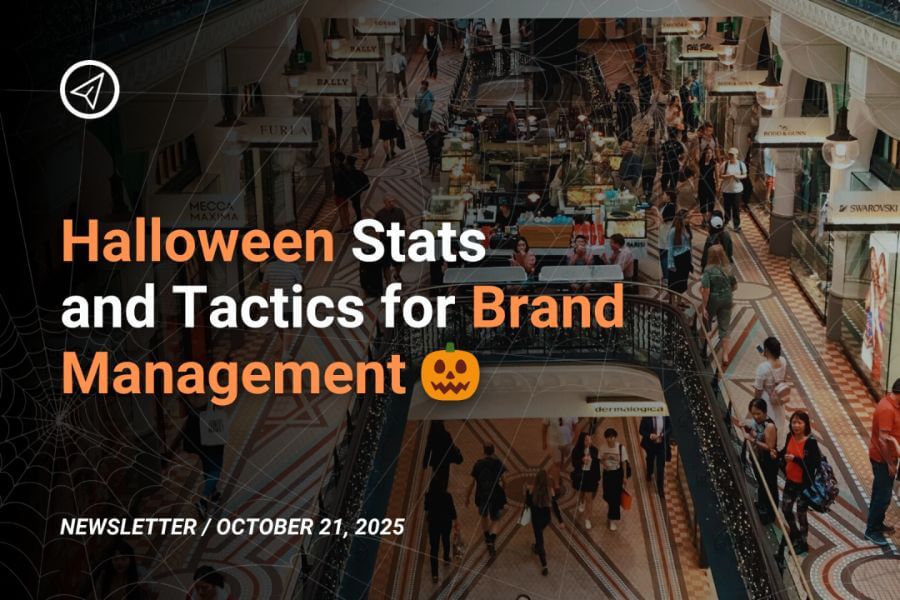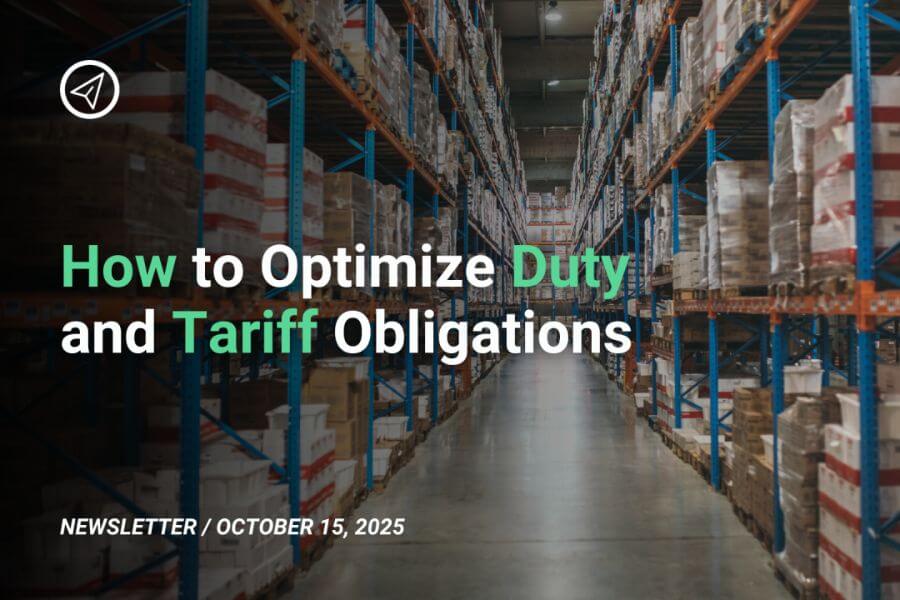>>> Read newsletter on LinkedIn <<<
When you’re running an ecommerce store, growth is usually the goal, but scaling too fast without a solid foundation can turn success into stress.
The difference between growing and scaling? Growth adds resources to match demand; scaling optimizes systems to meet that demand efficiently.
If you’re aiming for 10x growth, you need more than great products; you need smarter processes, better tools, and a mindset shift. Here’s how to prepare your ecommerce business to scale sustainably.
1. Automate the repetitive
Manual tasks slow you down. Start by identifying which parts of your workflow are repetitive and time-consuming—then automate them.
- Inventory management: Use software like Skubana or TradeGecko to track stock levels across warehouses and platforms.
- Customer communication: Implement chatbots (like Gorgias or Zendesk AI) and automated email sequences for order confirmations, abandoned carts, and follow-ups.
- Order fulfillment: Consider syncing your store with a 3PL (third-party logistics provider) to automatically route and ship orders.
Pro tip: Automation isn’t about replacing humans—it’s about freeing them to do more valuable work.
2. Optimize your tech stack
As your store scales, your basic tools may not cut it anymore. The wrong tech can bottleneck your operations.
- Upgrade your ecommerce platform: If you’re pushing the limits of Shopify or WooCommerce, consider Shopify Plus or BigCommerce for higher-volume support.
- Integrate analytics tools: Google Analytics, Triple Whale, or Glew an give deeper insights into customer behavior and profitability. Advanced 3PLs like Simple Global possess their own software to help track all orders with real-time metrics.
- Ensure mobile performance: With mobile shopping dominating, your site should load fast and look perfect on every device.
3. Invest in scalable marketing
Throwing money at ads isn’t a sustainable growth plan. Scalable marketing focuses on systems that compound over time.
- Build strong email flows: Klaviyo or Omnisend can help create automations for new subscribers, product education, and re-engagement.
- Lean into content marketing: Blogs, product guides, and videos help with SEO, establish trust, and require little upkeep once created.
- Use UGC and influencer networks: These can create an organic flywheel of engagement and social proof at scale.
4. Prepare your team for growth
You can’t do it all—and you shouldn’t. As you grow, your team needs to grow too, both in size and capability.
- Hire for roles, not tasks: Instead of hiring a “doer,” hire someone to own a function (e.g., Head of CX or Email Marketing Manager).
- Document SOPs (Standard Operating Procedures): That way, new team members can get up to speed fast.
- Use project management tools: Asana, ClickUp, or Notion can help your team stay aligned as operations get more complex.
5. Bulletproof your logistics
Fast growth can break your supply chain if you’re not ready.
- Vet your suppliers and have backups: Don’t rely on a single manufacturer. Build relationships with multiple suppliers to mitigate risks.
- Outsource fulfillment before you need to: Working with a fulfillment center early gives you room to grow without a shipping bottleneck.
- Optimize packaging and shipping: Look for ways to reduce weight, improve unboxing experience, and track delivery metrics.
6. Monitor metrics that matter
You can’t scale what you don’t measure. Focus on actionable KPIs that give you a clear picture of health and efficiency.
- Customer acquisition cost (CAC) vs. Lifetime value (LTV)
- Gross margin and return rate
- Conversion rate by channel
- Average order value (AOV)
Pro tip: Use dashboards to make this data accessible to your team and revisit it often to make informed decisions.
Build for long-term, not just "next month"
Aiming for 10x growth is ambitious but it’s possible if you plan for scale, not just speed. Think of it like building a house: the foundation matters more than the paint. Nail your operations, people, tools, and systems now, and your store will be ready not just for more traffic, but for long-term success.





